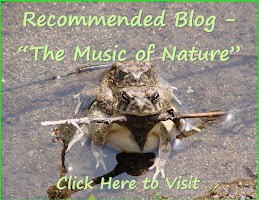
I was asked to assist the City of Chico in surveying their newest city park for avian species, naturally I said yes…I don’t know who was happier! Dan Efseaff, the town’s Park and Natural Resource Manager emailed me a list of ‘points’ specific locations that will be used consistently to watch and listen for birds, as well as an approved ‘protocol’ a list of standards for documenting species detected.
I visited the site the afternoon before my count…WOW! The last time a I’d seen the place it was an expansive gray plain of gravel with pockets of scraggly trees. In the interim it has been transformed into a vibrant field of wildflowers, with small groves of oaks, grassy swales and patches of newly planted native trees and shrubs. Interpretive signs explained the transformation.
Unlike many urban or suburban parks that feature acres of sod surrounding a playground or ball-field, Verbena Fields Park is more of a playground for wildlife. After decades of gravel mining eliminated most all of the native topography and vegetation, the City purchased the property and worked diligently to create a more natural and wildlife-friendly landscape, that included removing a large gravel berm along the creek, creating two ‘bioswales’ to leach pollution from suburban runoff, and removing and recycling concrete and other scrap materials littering the site. The portion of the park bordering seasonal Sandy Gulch was terraced and planted with willows and cottonwoods to provide better habitat for migrating salmon. The whole of the park was seeded with native grasses and forbs. The most unique aspect of the restoration project is the effort made to honor the native Mechoopda indians by reintroducing plants that were once used by the tribe (actually 23 separate villages) for basket weaving and medicinal purposes. An Interpretive Garden and Gathering Circle has been provided so that present day Mechoopda can engage in and teach their traditional principles and practices.
So how about those birds? The recently restored area was actually quite rich in both resident and migratory species. Cedar waxwings foraged in large groups of a dozen or more in the tall cottonwoods outside of the periphery of the site, while American crows could be observed carrying food to nestlings. A pair of Mallards loafed in the remaining pools of water in disappearing Sandy Gulch while a red-shouldered hawk perched vigilantly in a snag overhead. Maturing oaks held summering wabling vireo, Wilson’s warbler, western tanager and Bullock’s oriole.
Who needs swings and a slide when one can delight in observing native creatures in a playground of their own?



No comments:
Post a Comment